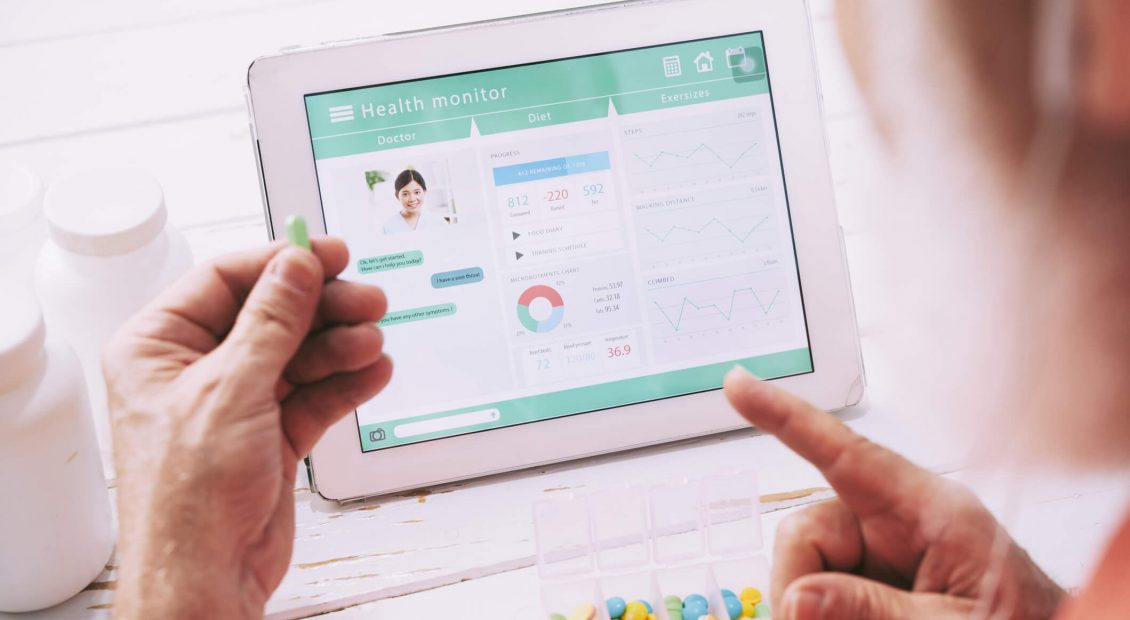
The $300bn COVID digital health dividend
Our detailed analytical model of 217 digital healthcare markets shows that the COVID pandemic has accelerated the global market four years ahead of its prior trajectory. This means that telcos and others seeking to support this welcome acceleration, and thereby grow valuable new businesses, should boost their plans now.









